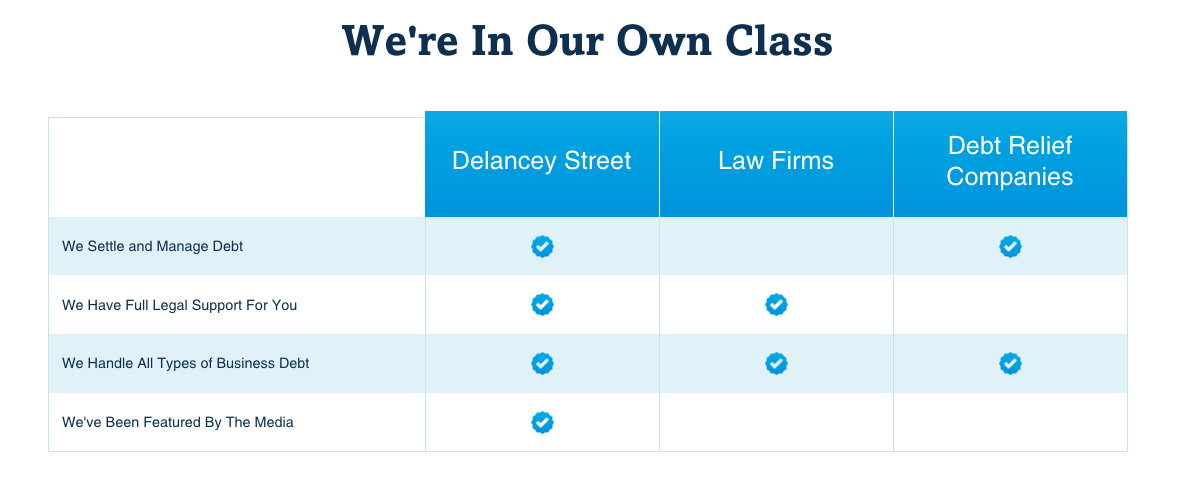Car depreciation is an inevitable part of owning a vehicle. As soon as you drive a new car off the lot, its value begins to decline. Understanding how car depreciation is calculated can help you make informed decisions when buying, selling, or leasing a vehicle. In this article, we’ll explore the basics of car depreciation, factors that influence it, and methods for calculating depreciation. We’ll also provide real-world examples and tips for minimizing depreciation as a car owner.
Understanding the Basics of Car Depreciation
Car depreciation is the decrease in a vehicle’s value over time. It is the difference between the original purchase price and the car’s current market value. Depreciation is a significant expense for car owners, as it can account for a large portion of the total cost of ownership.
 -
-Several factors contribute to car depreciation, including age, mileage, condition, and market demand. In general, new cars depreciate more quickly than used cars, and luxury vehicles tend to depreciate faster than economy models.
Understanding the basics of car depreciation can help you make informed decisions when buying or selling a vehicle. By considering factors such as age, mileage, and market demand, you can estimate a car’s current value and potential future depreciation.
Factors Influencing a Vehicle’s Depreciation
Several factors can influence a vehicle’s depreciation rate. One of the most significant factors is the make and model of the car. Some brands and models are known for holding their value better than others, while others depreciate more quickly.
Another important factor is the age and mileage of the vehicle. As a car gets older and accumulates more miles, its value typically decreases. The condition of the car also plays a role, as well-maintained vehicles generally hold their value better than those with significant wear and tear.
 -
-Market demand is another key factor in determining depreciation rates. Cars that are in high demand tend to depreciate more slowly than those with lower demand. This can be influenced by factors such as fuel efficiency, safety features, and overall popularity of the model.
Calculating Depreciation: Straight-Line Method
The straight-line method is a simple way to calculate depreciation. This method assumes that the vehicle will depreciate by the same amount each year over its useful life.
To calculate depreciation using the straight-line method, you’ll need to know the car’s original purchase price, its estimated salvage value (the amount it’s worth at the end of its useful life), and the number of years you expect to own the vehicle.
The formula for straight-line depreciation is:
(Original Price – Salvage Value) ÷ Number of Years = Annual Depreciation
For example, if you purchase a car for $30,000, estimate its salvage value at $5,000, and plan to own it for 5 years, the annual depreciation would be:
($30,000 – $5,000) ÷ 5 = $5,000 per year
 -
-Accelerated Depreciation: Sum-of-Years’ Digits
The sum-of-years’ digits method is an accelerated depreciation method that assumes a vehicle will depreciate more quickly in its early years and slow down over time.
To calculate depreciation using this method, you’ll need to know the original price, salvage value, and the number of years you expect to own the car. First, calculate the sum of the years’ digits by adding up the numbers from 1 to the total number of years. For example, if you plan to own the car for 5 years, the sum would be 1 + 2 + 3 + 4 + 5 = 15.
Next, for each year, divide the remaining years by the sum of the years’ digits and multiply by the depreciable amount (original price – salvage value). The result is the depreciation expense for that year.
 -
-For example, using the same $30,000 car with a $5,000 salvage value over 5 years:
Year 1: (5 ÷ 15) × ($30,000 – $5,000) = $8,333
Year 2: (4 ÷ 15) × ($30,000 – $5,000) = $6,667
Year 3: (3 ÷ 15) × ($30,000 – $5,000) = $5,000
Year 4: (2 ÷ 15) × ($30,000 – $5,000) = $3,333
Year 5: (1 ÷ 15) × ($30,000 – $5,000) = $1,667
Real-World Examples of Depreciation Rates
Depreciation rates vary widely depending on the make, model, and other factors. Here are a few real-world examples:
- According to CarFax, the average car loses 60% of its value within the first five years. This means a $30,000 car would be worth approximately $12,000 after five years.
- Luxury vehicles often depreciate faster than economy models. For example, a BMW 7 Series may lose up to 71% of its value after five years, while a Honda Civic may only lose around 46%.
- Electric vehicles tend to depreciate faster than traditional gas-powered cars. A study by iSeeCars found that the average electric car depreciated by 52% after three years, compared to 39% for the average gas-powered car.
Minimizing Depreciation: Tips for Car Owners
While depreciation is inevitable, there are steps you can take to minimize its impact:
- Choose a car with a reputation for holding its value. Research depreciation rates for different makes and models before making a purchase.
- Keep your car well-maintained. Regular servicing, repairs, and cleaning can help preserve your car’s value.
- Avoid customizations. Aftermarket modifications can make your car less desirable to future buyers and increase depreciation.
- Drive less. Lower mileage can help maintain your car’s value. Consider carpooling, using public transportation, or combining errands to reduce your mileage.
- Sell at the right time. If you plan to sell your car, consider doing so before major milestones like the end of the warranty period or before it reaches 100,000 miles.
Understanding car depreciation is crucial for making informed decisions when buying, selling, or leasing a vehicle. By considering factors that influence depreciation and using methods like straight-line or sum-of-years’ digits to calculate it, you can better estimate your car’s value over time. While depreciation is unavoidable, following tips like choosing a car with good resale value, keeping it well-maintained, and selling at the right time can help minimize its financial impact. By taking these factors into account, you can make the most of your investment in your vehicle.







